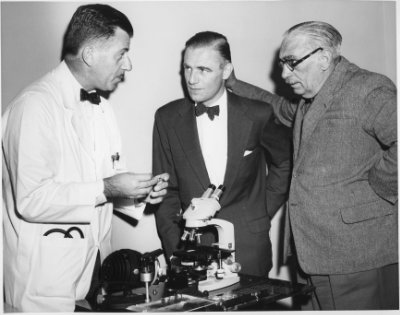Human Factors Teaching: Using storytelling.

A few years ago I set up a small group teaching session for pharmacy students based around a fatal adverse drug reaction, using a video developed by the World Health Organisation. This year it is an inter-professional education event run by pharmacy and nursing academics. Sadly it will be taking place over Zoom, rather in the building you can see above, but that has made timetabling an inter-professional event easier than normal.
In the past I have used the event to discuss both technical and communication issues that led to the patient’s death, and for the impact the video has on first year students to raise the issues of harm in clinical practice. While revising the preparatory material, I decided to make it less technically focused, and more focused on the impact of the event and team communications. I’ve also given some limited pre-reading to enable a better understanding of the video dramatisation they are going to watch. It’s written in a less academic style than I normally use, based more around story telling. Here is the text I wrote for the teaching session, just in case it is of interest to people. For those who want an in-depth look at the case involved, you can read the Toft Report here in PDF format.
Just an Ordinary Day
Every day thousands of healthcare professionals go to work.
To earn a living. To make a difference. To help people.
And every day healthcare professionals are involved in incidents that lead to patient harm, and in some cases deaths.
With very rare exceptions, none of them went to work to do this.
Here is a story.
In the 1960s, a team of scientists at Eli Lilly in the US investigated a naturally occurring chemical from the rosy periwinkle plant. The chemical was called vincristine, and they tried to use it to treat diabetes.

A press photo circa 1961 showing some members of Eli Lilly’s vincristine research team By Crossgates - Own work, CC BY-SA 4.0.
It didn’t work.
But it did cause myelosuppression (suppression of the bone marrow’s ability to produce blood cells).
They tested it in leukaemia.
It worked.
Vincristine became a key drug in many cancer regimes. Its use in leukaemia and lymphoma has saved many lives.
Fast forward to 2001
A 18 year old boy in Nottingham had successfully been treated for lymphoblastic leukaemia. He was in remission, and in the maintenance phase of his chemotherapy. This consisted of intravenous vincristine and intrathecal (into the spinal fluid) cytosine every three months.
Wayne Jowett had been under treatment for 2 years, but he was out of the other end. His treatment had given him a future.
But a terrible mistake would take all this from him.
On the 5th of January 2001 a doctor would inject vincristine into Wayne Jowett’s spine. The vincristine worked its way up his spine progressively paralysing him. He spent the rest of his life on paediatric intensive care, dying on the 2nd of February 2001.
The doctor was charged and convicted with manslaughter, but there were multiple failings at the hospital that led to this incident. This was not the mistake of one person.
Mistakes are rarely caused by the solely by the actions of one person. Systems of work, the way we communicate with each other, the design of equipment we use can all conspire to put those at the point of care in unsafe positions which can can harm those we seek to care for.

Like Wayne Jowett.
The session
This session will use a World Health Organisation dramatised case similar to that of Wayne Jowett to highlight how such errors can occur. Together you will explore how the event happened, and how things could be improved to avoid such events in future. The specifics of the drugs matter less, than how the mistake arose.
What you need to do
During the session you will watch a video of the dramatised event. You can use this document to help you analyse the events (read it before the session). Use a scrap of paper to jot things down to avoid using your computer.
You will then work as a mixed group of nursing and pharmacy students to look at the event, to find all the contributory factors that led to this event, and to look at the team working between the various professionals in dramatisation. This is a great opportunity to see different perspectives on each others professions as depicted in the video, and to learn from each other.
In order to protect each other, yourselves, and your patients from future errors.